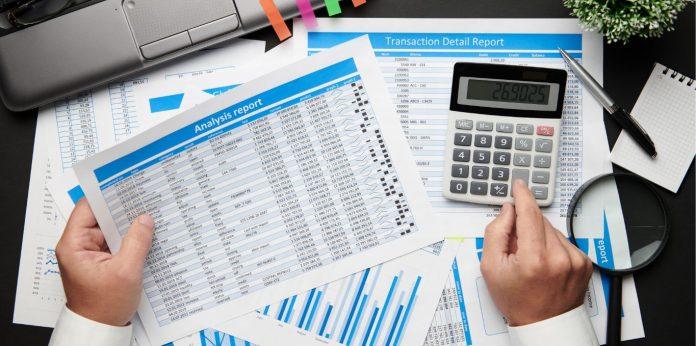Real estate bookkeeping is pretty complex and requires specialized knowledge for people to do. Keep reading to learn how you can set up a chart of accounts in real estate bookkeeping to maximize accounting advantage to the company.
Real estate bookkeeping is not at all a bed of roses. It has multiple pricks in the form of numerous legal regulations and voluminous transactions. It makes the bookkeeping process tedious, cumbersome and leaves space for errors. A bookkeeper needs to introduce a proper organization system to collect, record, and store financial information. It needs to be consistent and measurable to verify the progress. Knowing real estate bookkeeping enables you to compare your performances yearly or with other competitors. It requires learning the state mandates, suitable accounting software, and numerous tips and tricks to smoothen the process. It is a long learning journey that consumes a lot of time; therefore, real estate agents need to pay adequate attention to this process.
Chart of accounts:
A chart of accounts acts as a digital file cabinet wherein you group similar accounts under one category. For example, investments, machinery, inventory, cash, and bank balances are part of the ‘Assets.’ It acts as a foundation and gives structure to further accounting processes of the firm. It not only saves time but also makes it easy to search for a relevant file when you need it the most quickly.
In real estate bookkeeping, you can break the chart of accounts into steps. You can set it up in the following way:
-
Finalizing a number system:
Preparing a chart of accounts in real estate bookkeeping is all about organizing the information systematically. That is why the process begins by numbering the categories. You can identify your accounts quickly without getting confused in the jumbled mess. For example, you can set your accounts using blocks of 1000s. It means that:
- Assets ( properties and bank account): 1000-1999
- Liabilities (Debts) : 2000-2999
- Equity (capital): 3000-3999
- Revenue (Sales and other incomes): 4000-4999
- Expenses( purchase, repairs, utilities): 5000-5999
-
Sub-categorizing:
Once you have organized and numbered all the categories, you must put in the different types of accounts (sub-categories) that will fit into these categories. For example:
- Assets in real estate bookkeeping include properties, business bank accounts, improvements on land and building, etc. It subtracts accumulated depreciation from the value to reach the net amount.
- Revenue involves rents, utility payments, security deposits, etc.
- Expenses can be a commission, advertising, travel allowances, interest on the mortgage, management fees, taxes, supplies, etc.
- Equity involves shareholder’s investment as contributions and distributions.
-
Put it together:
You can use templates available in online bookkeeping services for small businesses to put complex yet necessary tasks together. It will enhance the value of your accounts and will simplify your processes. You will not have to spend considerable time looking for one file when you can look at the category block it is in and search among the numbers. It saves a lot of time, money, and effort for the business.
In the end, the goal of the chart of accounts is to provide the necessary financial data to the stakeholders in an organized and clean manner. It will help them create quick decisions by identifying their strengths and weaknesses early. The deep insights into your financial information give clarity and allow you to track the performance of each property. Minimizing the errors to the least, you can ensure credible and reliable reports for your business to turn in for tax filing and preparation and future planning.
